

Articles
How Much Does It Cost To Drywall A Basement
Modified: February 23, 2024
Discover the average cost to drywall a basement in our informative articles. Get expert tips and estimates to help you plan your project effectively.
(Many of the links in this article redirect to a specific reviewed product. Your purchase of these products through affiliate links helps to generate commission for Storables.com, at no extra cost. Learn more)
Introduction
Welcome to the ultimate guide on how much it costs to drywall a basement. If you’re considering finishing or renovating your basement, installing drywall is a crucial step to create a functional and attractive space. However, before getting started, it’s important to understand the factors that can influence the cost of drywall installation in a basement.
Drywall installation costs can vary significantly depending on various factors, such as the size and condition of the basement, the type of drywall selected, labor costs, and any additional materials or services required. By understanding these factors, you can have a better idea of how much to budget for the project.
In this guide, we will explore the factors that affect the cost of drywall installation in basements, the materials required, labor costs, additional expenses to consider, the average cost of drywalling a basement, and tips on how to save money during the process.
Whether you’re planning to transform your basement into a cozy living space, a home office, or a recreational area, understanding the costs involved will help you make informed decisions and effectively manage your budget.
So, let’s dive into the details and uncover everything you need to know about the cost of drywalling a basement!
Key Takeaways:
- Understanding the factors influencing drywall installation costs in basements, such as size, wall condition, and material type, is crucial for accurate budgeting and informed decision-making.
- Implementing cost-saving strategies, such as obtaining multiple quotes, reusing materials, and optimizing insulation, can help keep basement drywall installation within budget without compromising quality.
Read more: How Much Does Drywall Repair Cost
Factors Affecting the Cost of Drywall Installation in Basements
Several factors can influence the cost of drywall installation in basements. These factors will not only determine the overall expenses but also impact the quality and timeline of the project. Understanding these factors can help you estimate the cost more accurately and make informed decisions:
- Basement Size: The size of your basement is a primary factor that affects the cost of drywall installation. The larger the area, the more materials and labor will be required, resulting in higher costs.
- Wall Condition: If the walls in your basement are damaged or require extensive preparation before installing drywall, it can significantly increase the labor and material costs. Uneven surfaces or areas that need repair will require additional time and effort.
- Drywall Type: The type of drywall you choose can impact the cost. Standard drywall is the most common and affordable option. However, if you require specialized drywall, such as moisture-resistant or fire-resistant drywall, it will incur additional expenses.
- Insulation: Insulating your basement can enhance energy efficiency and soundproofing. However, adding insulation will add extra costs to the project. Consider whether insulation is necessary based on the functionality and climate conditions of your basement.
- Number of Rooms: If you plan to divide your basement into separate rooms, it will increase the complexity of the project. Each room will require additional framing, drywall materials, and labor, which will impact the overall cost.
- Additional Features: The inclusion of features like windows, doors, electrical outlets, and ventilation systems will require more careful planning and installation, leading to additional costs.
- Location: The location of your basement can also impact the cost. If your basement is difficult to access or if there are limited transportation options for materials and tools, the labor costs may increase.
It’s important to consider these factors and discuss them with your contractor to get a more accurate estimate. By understanding these variables, you can plan your budget effectively and avoid unexpected costs during the drywall installation process.
Materials Required for Drywall Installation in Basements
When it comes to drywall installation in basements, certain materials are essential to ensure a successful and long-lasting project. Understanding the materials required will not only help you estimate the cost but also enable you to make informed decisions during the planning process. Here are the key materials typically needed for basement drywall installation:
- Drywall Sheets: Drywall sheets, also known as gypsum boards, are the primary material used for interior wall construction. The number of drywall sheets required will depend on the size of your basement and the number of rooms or areas you plan to cover with drywall.
- Drywall Screws: Drywall screws are used to secure the drywall sheets to the studs. It is important to choose the right length and gauge of screws for optimal results and durability.
- Tape: Drywall tape is used to reinforce the seams between drywall sheets. It is applied to the joints and corners to create a seamless finish. There are different types of drywall tape available, such as paper tape and mesh tape.
- Joint Compound: Joint compound, also known as mud or drywall compound, is used to fill in the gaps and cover the seams between drywall sheets and tape. It is essential for achieving a smooth and professional-looking finish.
- Corner Beads: Corner beads are used to reinforce and protect the external corners of the walls. They help create clean and crisp corners and prevent damage to the drywall edges over time.
- Insulation: Insulation is not always required for basement drywall installation, but it can add energy efficiency and soundproofing. Depending on your needs, you may choose to include insulation material, such as fiberglass or foam, between the drywall and the exterior walls of your basement.
- Primer and Paint: Once the drywall is installed and finished, you will need to apply primer and paint to achieve the desired color and finish. Consider choosing a moisture-resistant paint for basements to prevent mold and mildew growth.
It’s essential to select high-quality materials for your basement drywall installation. Using durable and appropriate materials will ensure the longevity and integrity of your walls. Consult with a professional contractor or supplier to determine the specific quantities and types of materials required for your basement project.
Labor Costs for Drywall Installation in Basements
When it comes to drywall installation in basements, labor costs are a significant factor to consider. Hiring professionals for the job ensures quality workmanship and a smooth installation process. Several factors influence the labor costs associated with basement drywall installation:
- Complexity of the Project: The complexity of the project directly affects the labor costs. Factors such as the size of the basement, the number of rooms, the condition of the walls, and the inclusion of additional features like windows or doors can increase the labor time required.
- Experienced Contractors: Hiring experienced contractors will often result in higher labor costs. However, their expertise and knowledge ensure efficient and high-quality work, reducing the chances of any mistakes or delays.
- Preparation and Cleanup: Proper preparation before installation and thorough cleanup after completion are essential steps in the drywall installation process. Labor costs will include these tasks to ensure a seamless and professional finish.
- Location and Accessibility: If your basement is located in a challenging or hard-to-reach area, or if there are limited transportation and access options, it may increase the labor costs. Contractors may need to spend additional time and effort on logistics and transportation of materials and equipment.
- Permits and Inspections: Depending on local regulations, obtaining permits and scheduling inspections may add to the labor costs. It’s crucial to ensure that all necessary permits and inspections are in place to comply with building codes and regulations.
The cost of labor for drywall installation can vary based on the region, the contractor’s experience level, and market factors. It’s recommended to obtain quotes from multiple contractors to compare prices and services. Keep in mind that while it may be tempting to choose the cheapest option, it’s crucial to consider the contractor’s reputation and past work to ensure a successful and satisfactory outcome.
Remember that there may also be additional labor costs if you require other services, such as insulation installation, electrical work, or plumbing. These costs should be discussed and included in the overall project budget.
By understanding the factors that influence labor costs, you can budget accordingly and ensure a smooth and successful drywall installation process for your basement.
Get multiple quotes from different contractors to compare costs. Consider the size of the basement, the type of drywall, and any additional materials or labor needed for an accurate estimate.
Additional Costs to Consider
When estimating the cost of drywall installation in your basement, it’s important to consider various additional expenses that may arise throughout the project. These costs can sometimes be overlooked, but factoring them into your budget will help you avoid surprises and ensure a smooth process. Here are some additional costs to consider:
- Permits and Inspections: Depending on your location and local regulations, you may need to obtain permits for the drywall installation and schedule inspections. These permit fees and inspection costs should be factored into your budget.
- Electrical and Plumbing Work: If you plan to add electrical outlets, lighting fixtures, or any plumbing fixtures in your basement, you may need to hire licensed electricians and plumbers. Their services will incur additional costs, so make sure to include those in your budget.
- Painting and Finishing: While painting and finishing the drywall may not be directly related to the installation process, it is an essential step in completing the project. Consider the cost of paint, primer, brushes, rollers, and any other materials needed for the painting and finishing process.
- Furniture and Décor: Once the drywall installation is complete, you may want to furnish and decorate your basement. Consider the cost of furniture, lighting fixtures, flooring, window coverings, and any other décor elements you plan to include.
- Unexpected Repairs: It’s essential to have a contingency fund for any unexpected repairs that may be uncovered during the drywall installation. There may be underlying issues in your basement that need to be addressed before or during the installation process.
- Storage and Temporary Accommodation: Depending on the scale of the project, you may need to temporarily relocate or store your belongings during the drywall installation. Consider the cost of storage units or temporary accommodation if needed.
By accounting for these additional costs, you can create a realistic budget for your basement drywall installation project. It’s always advisable to have a little extra budget set aside for unforeseen expenses to ensure a stress-free and successful project completion.
Average Cost to Drywall a Basement
The average cost to drywall a basement can vary widely depending on several factors, including the size of the space, the condition of the walls, the type of drywall selected, labor costs, and any additional features or services required. However, to give you a rough idea, let’s discuss the average cost range for drywall installation in basements.
On average, the cost to drywall a basement can range from $1 to $3 per square foot. This estimate includes the cost of materials, labor, and any necessary additional expenses. Keep in mind that this range is approximate, and actual costs will depend on the specific details of your project.
For a 500 square foot basement, you can expect to spend between $500 and $1,500 on drywall installation. This estimate does not include any additional features or services, such as insulation, electrical work, or painting and finishing. These additional services can increase the overall cost.
It’s important to note that specialized drywall options, such as moisture-resistant or fire-resistant drywall, may slightly increase the cost. Additionally, if your basement requires extensive preparation or repairs before drywall installation, it can also impact the overall expense.
Always remember to obtain detailed quotes from reputable contractors for an accurate estimate. Contractors will assess the specific requirements of your basement and provide you with a more precise cost breakdown based on your unique project.
Keep in mind that the average cost mentioned here is a general guideline, and prices can vary based on geographical location and market factors. Consulting with professionals in your area is crucial for an accurate estimation of the cost to drywall your basement.
It’s important to compare quotes from multiple contractors to ensure that you receive fair pricing and quality workmanship. Remember that the cheapest option may not always be the best choice. Consider the experience, reputation, and customer reviews of the contractors before making a decision.
By understanding the average cost range for drywall installation in basements, you can budget accordingly and plan your project effectively.
Tips for Saving Money on Basement Drywall Installation
While drywall installation in basements is an essential step in creating a functional and attractive space, it doesn’t have to break the bank. By implementing these money-saving tips, you can keep costs in check without compromising on the quality of the project:
- Plan Ahead: Careful planning is crucial to avoid unexpected expenses. Create a detailed plan for your basement project, including the layout, the number of rooms, and any additional features. This will help you estimate the materials and labor required more accurately.
- Get Multiple Quotes: Obtain quotes from several contractors to compare prices and services. Don’t automatically choose the cheapest option, but consider the experience and reputation of the contractors as well. A well-established contractor may provide better quality workmanship and save you money in the long run.
- Reuse Materials: If there are materials from previous renovations or construction that are still in good condition, consider reusing them in the basement. For example, repurpose doors or windows from other parts of the house to save on expenses.
- Consider DIY: If you have the necessary skills and experience, you can opt to do some of the work yourself. However, be cautious and realistic about your abilities. Mistakes can end up costing you more in the long run if they need to be fixed by professionals.
- Opt for Standard Drywall: While specialized drywall options may have their benefits, they can also be more expensive. Unless you have specific requirements, such as moisture or fire resistance, choosing standard drywall can save you money.
- Minimize Additional Features: Simplify the design and minimize the number of additional features in your basement. Fewer windows, doors, and complex architectural details will reduce material and labor costs.
- Observe Sales and Discounts: Keep an eye out for sales and discounts on drywall materials and other necessary supplies. Timing your purchases strategically can help you save money.
- Consider Secondhand Materials: Explore options for purchasing secondhand materials, such as drywall sheets, insulation, or tools. Reputable online marketplaces or local classified ads may have cost-effective options.
- Optimize Insulation: Carefully assess your insulation needs and consult with professionals to optimize energy efficiency. Adding insulation strategically in areas that really require it can save money on both the upfront cost and utility bills in the long run.
- Proper Maintenance: Perform regular maintenance and address any issues promptly to avoid future costly repairs or replacements. This includes addressing moisture problems, preventing water damage, and managing humidity levels in the basement space.
By implementing these tips and exploring cost-saving opportunities, you can successfully complete your basement drywall installation project on a budget. Remember to prioritize quality and durability, as investing in a well-done installation will save you money in the long term.
Conclusion
Finishing or renovating your basement is an exciting project that can add valuable living space to your home. Drywall installation is a crucial step in creating a functional and aesthetically appealing basement. By understanding the various factors that affect the cost of drywall installation, the materials required, labor costs, and additional expenses, you can effectively plan your budget and make informed decisions.
Factors such as the size of your basement, the condition of the walls, the type of drywall selected, and any additional features you choose to include will impact the overall cost. It’s important to obtain quotes from reputable contractors and factor in any necessary permits, inspections, electrical or plumbing work, or other additional expenses.
While drywalling a basement may seem like a costly endeavor, there are ways to save money without compromising on quality. Careful planning, obtaining multiple quotes, considering DIY options for certain tasks, reusing materials, and optimizing insulation are just a few strategies that can help you stay within your budget.
Remember to prioritize durability and quality when making decisions about materials and services. Cutting corners to save money in the short term can end up costing you more in the long run.
By using this comprehensive guide as a reference, you now have the knowledge and understanding to tackle your basement drywall installation project with confidence. Whether you plan to create a cozy living space, a home office, or a fun recreational area, the cost of drywalling your basement will be manageable when you plan carefully, make informed choices, and work with reliable professionals.
Embrace the journey of transforming your basement, and enjoy the results of a beautifully finished space that adds value and functionality to your home.
Frequently Asked Questions about How Much Does It Cost To Drywall A Basement
Was this page helpful?
At Storables.com, we guarantee accurate and reliable information. Our content, validated by Expert Board Contributors, is crafted following stringent Editorial Policies. We're committed to providing you with well-researched, expert-backed insights for all your informational needs.
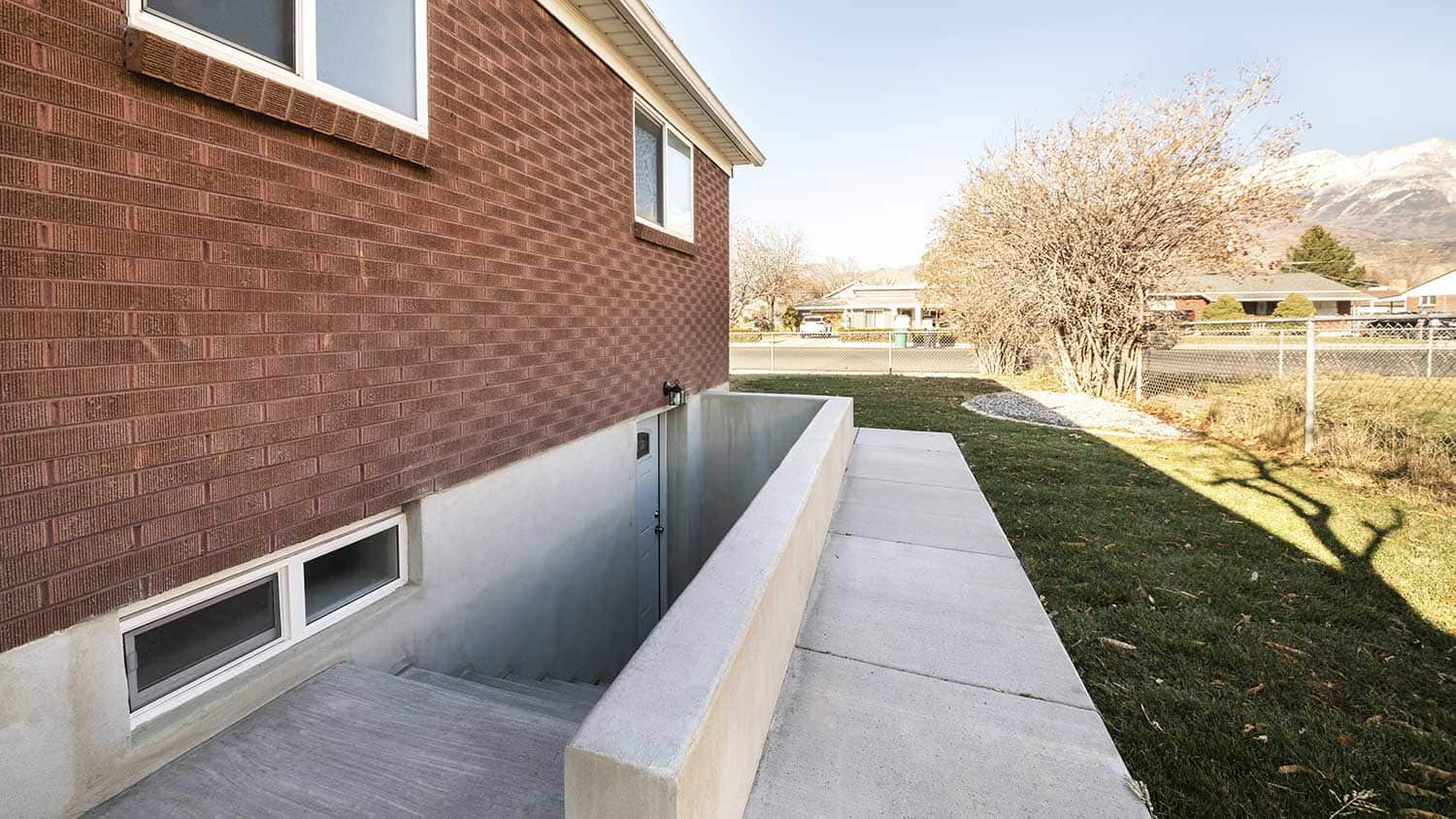
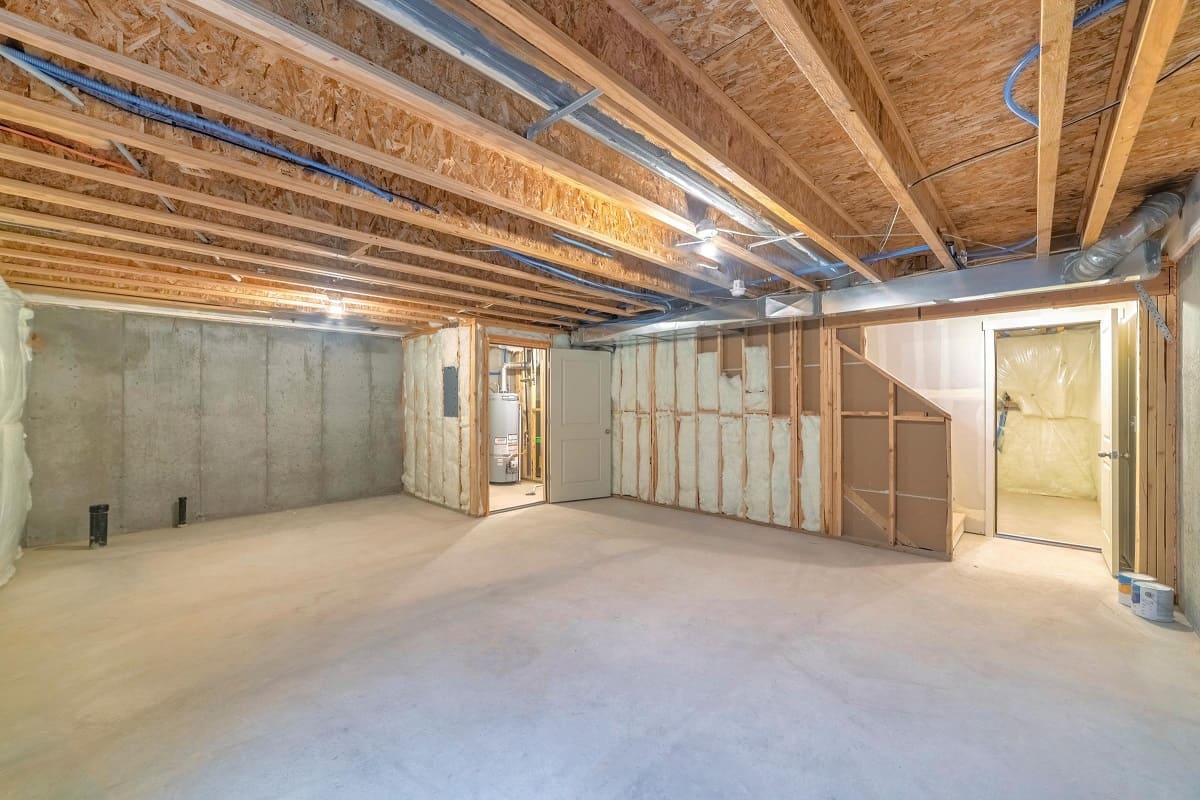
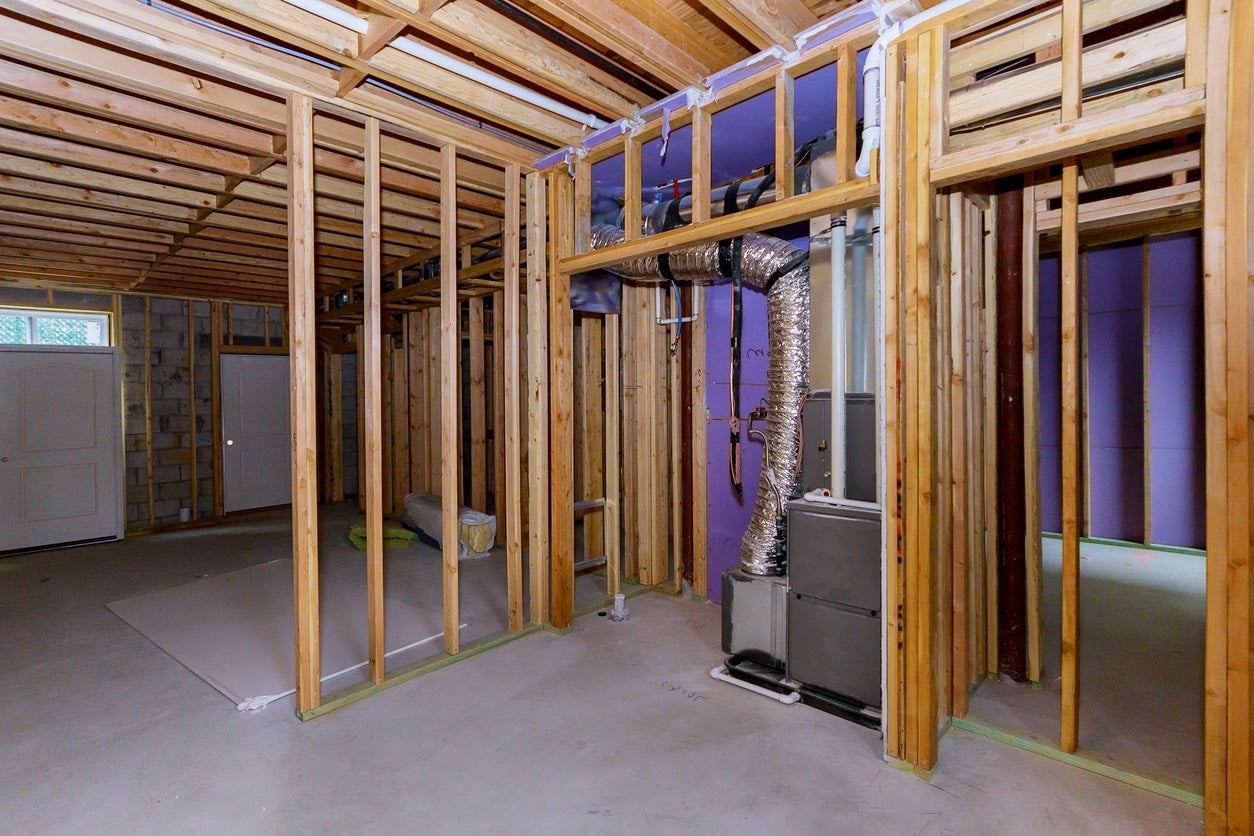
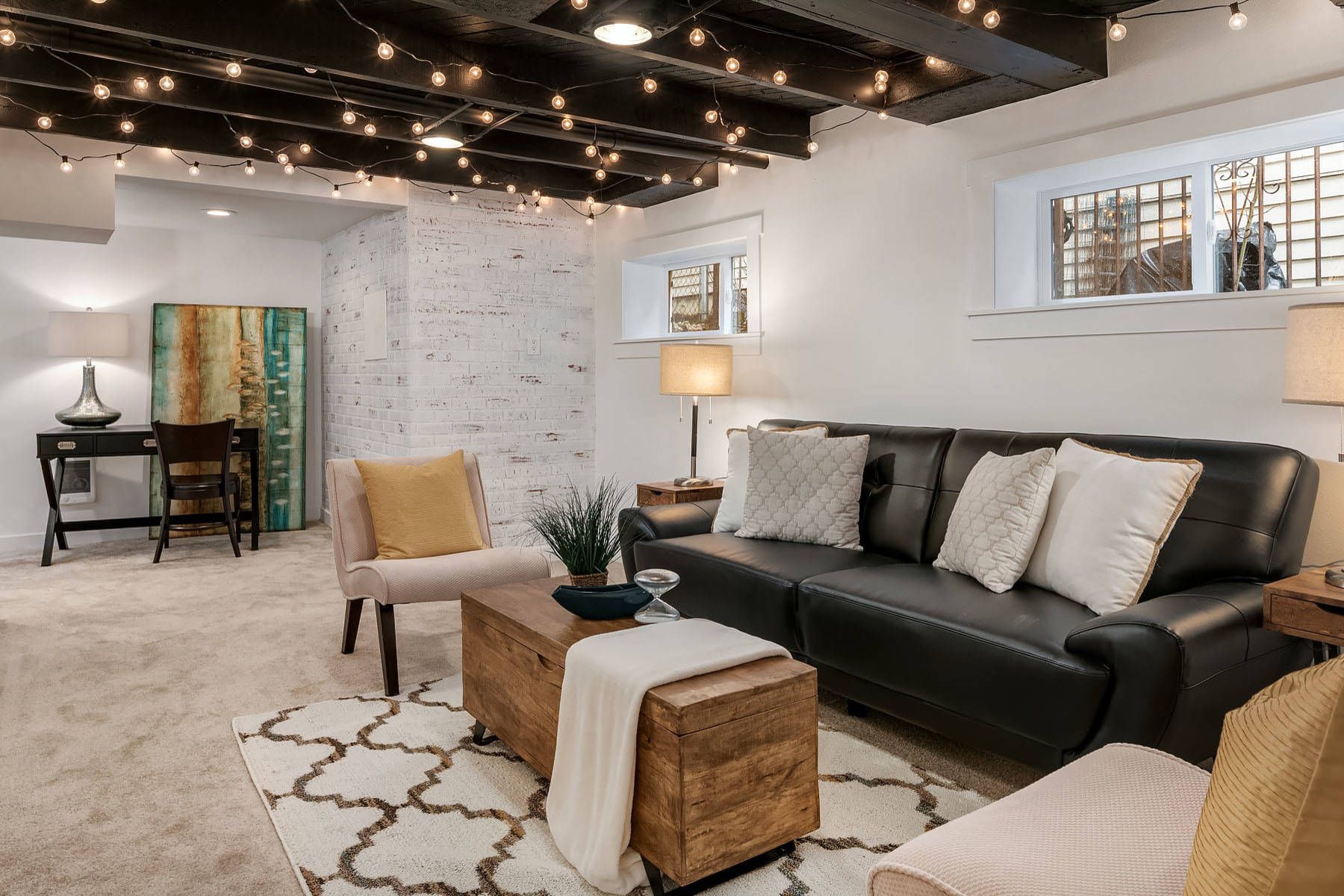
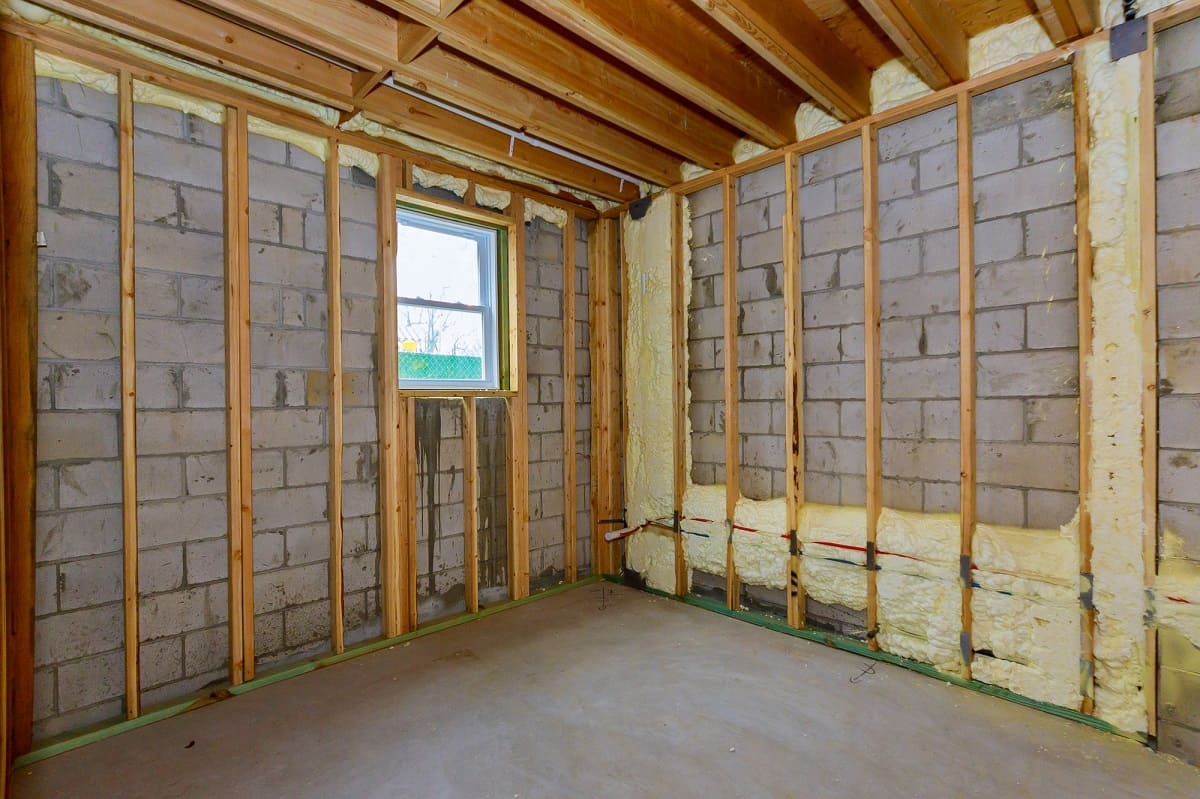
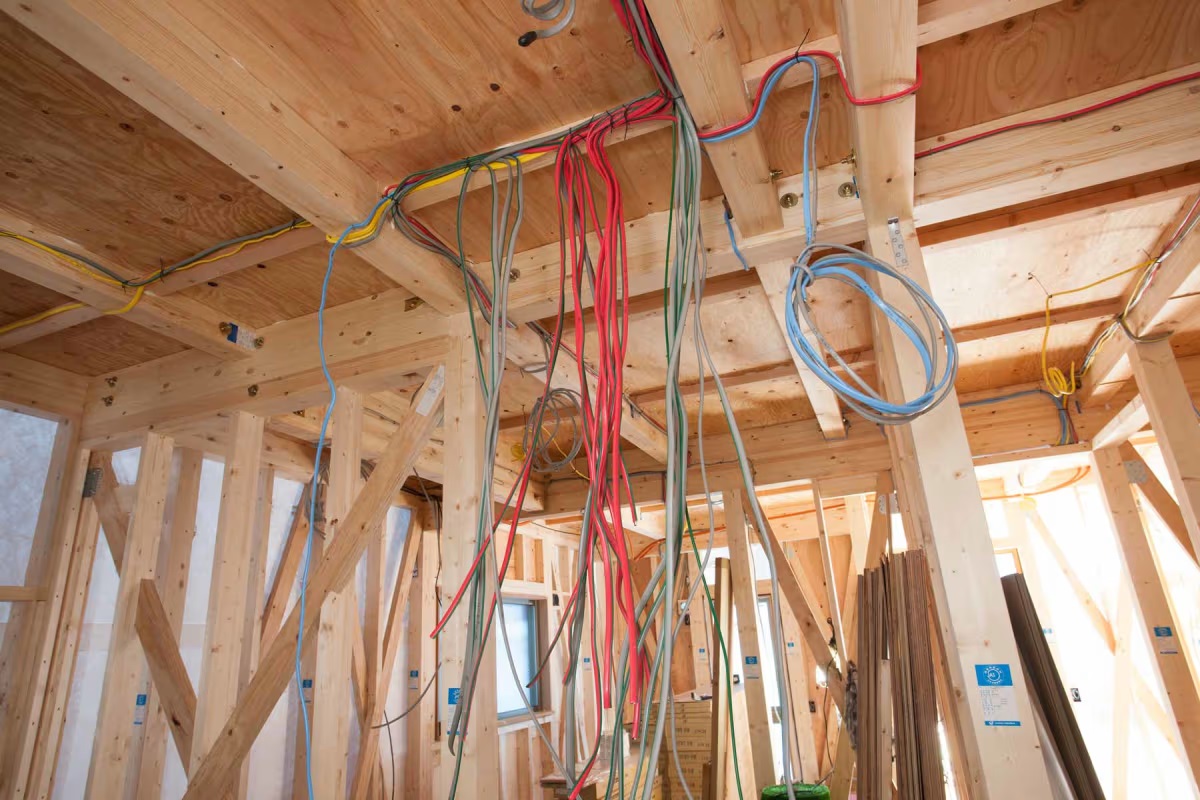
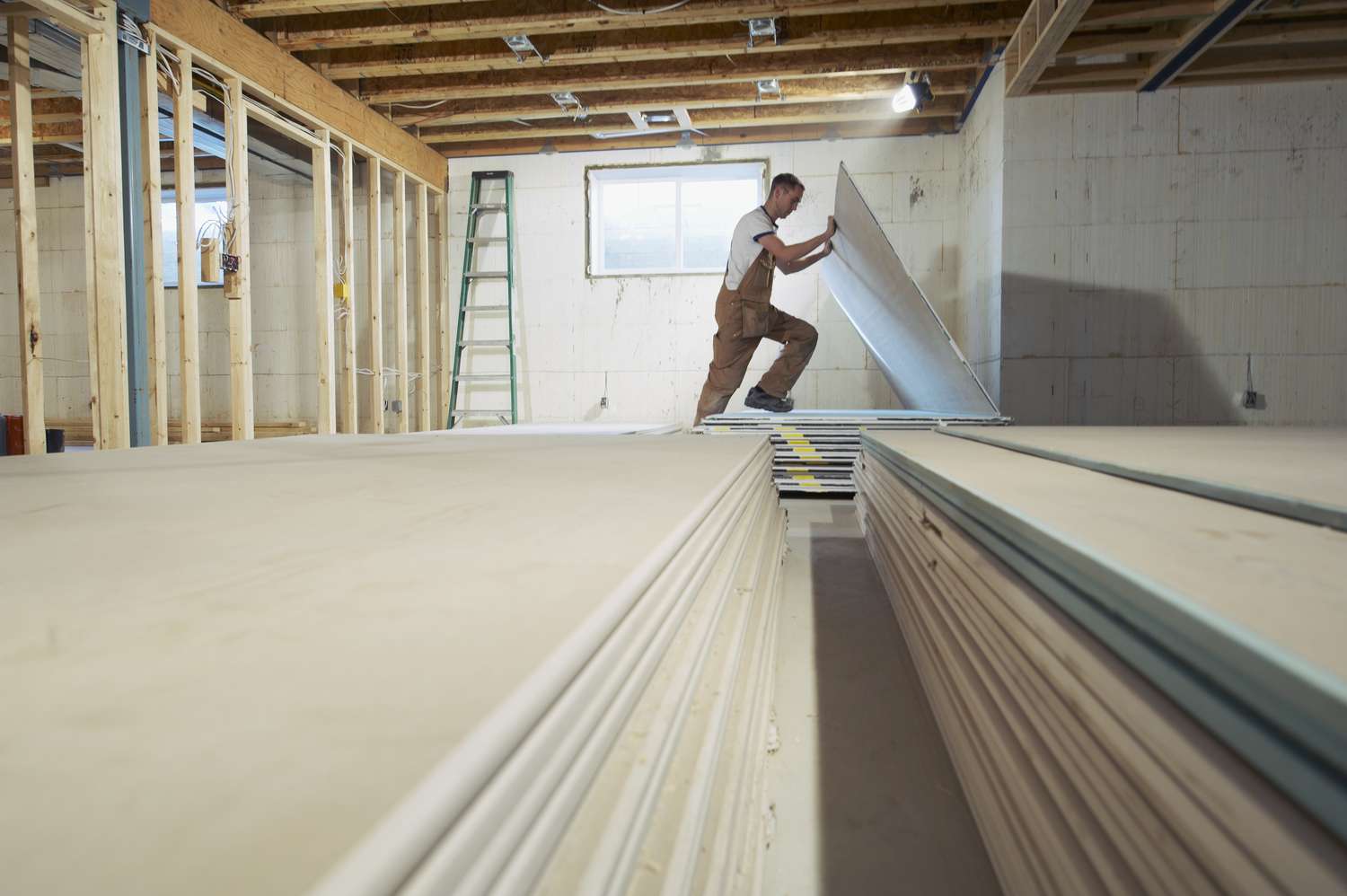
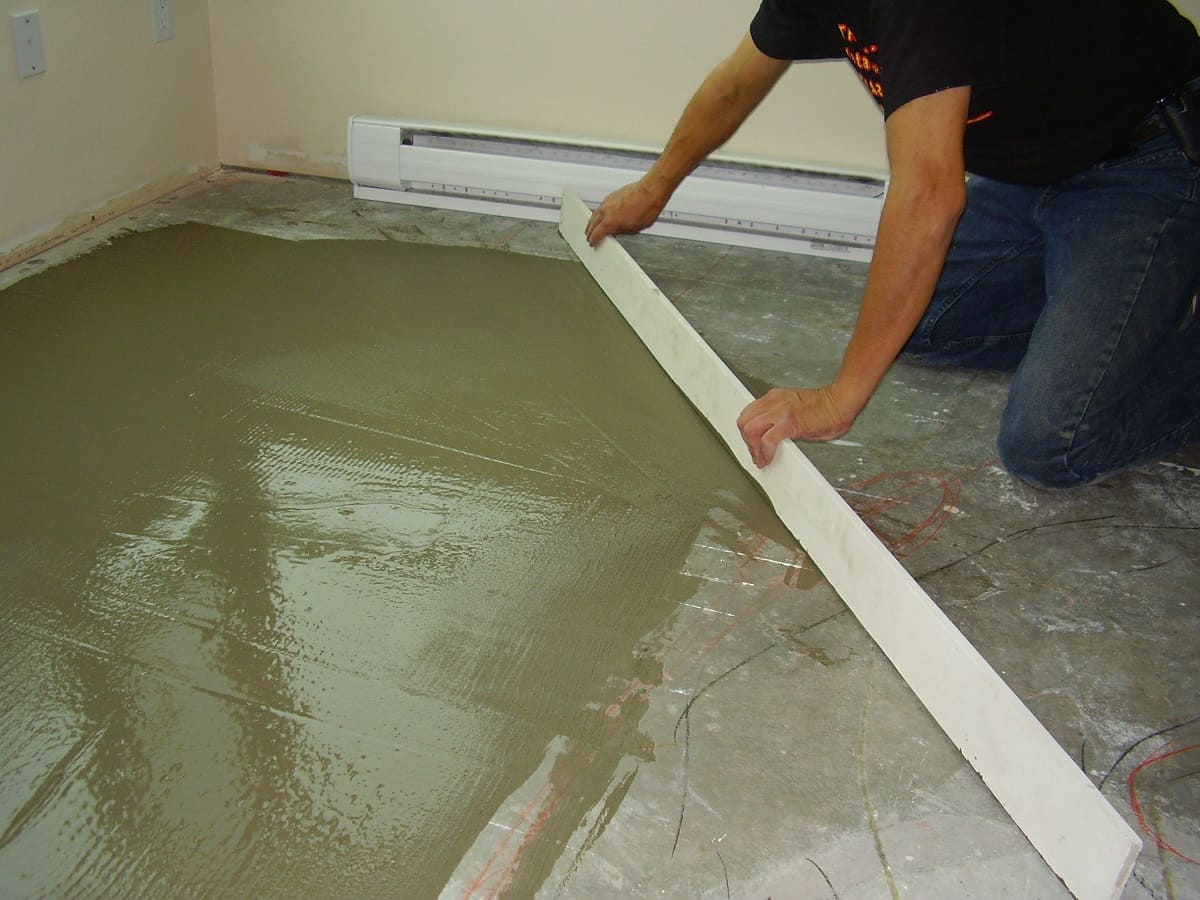
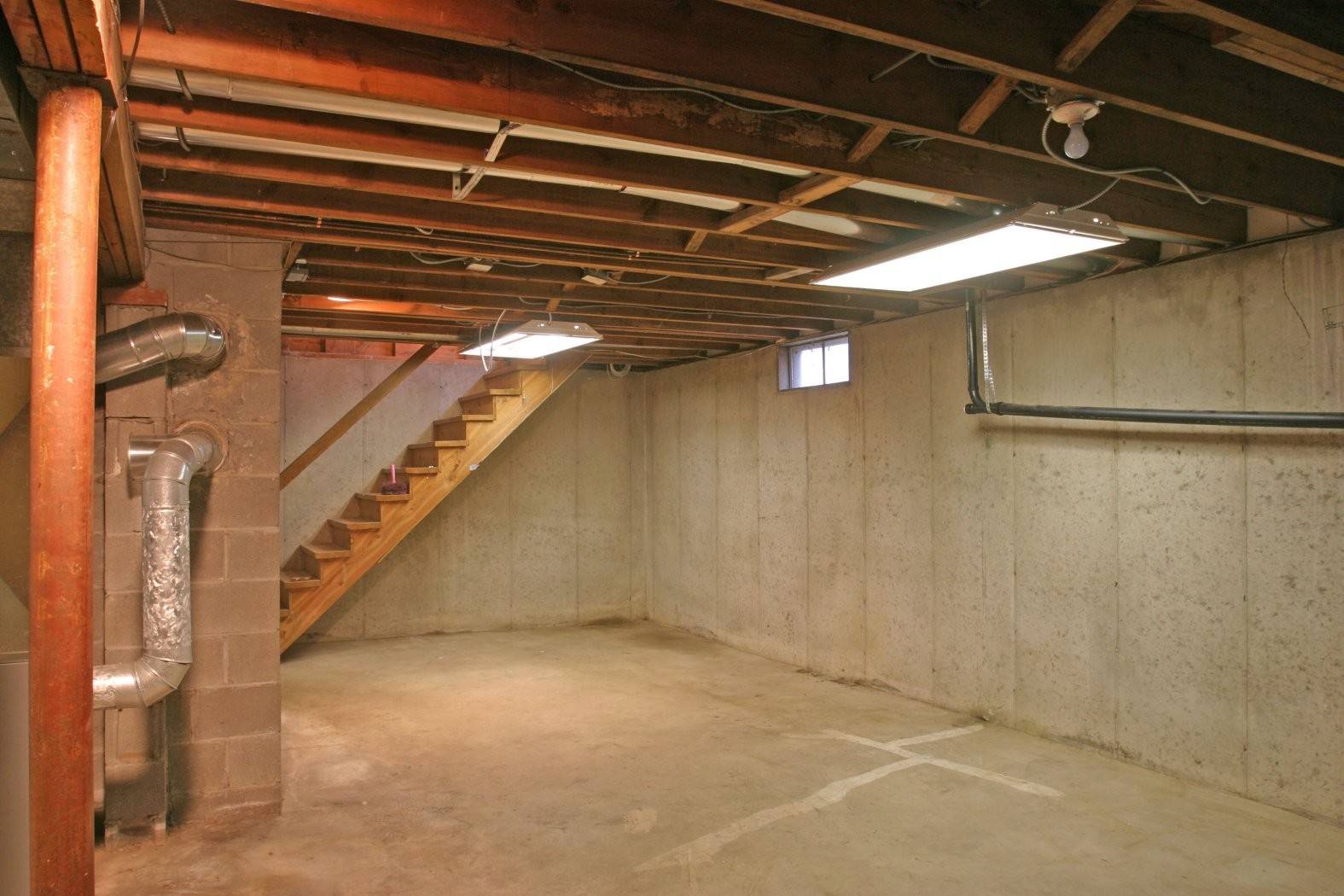
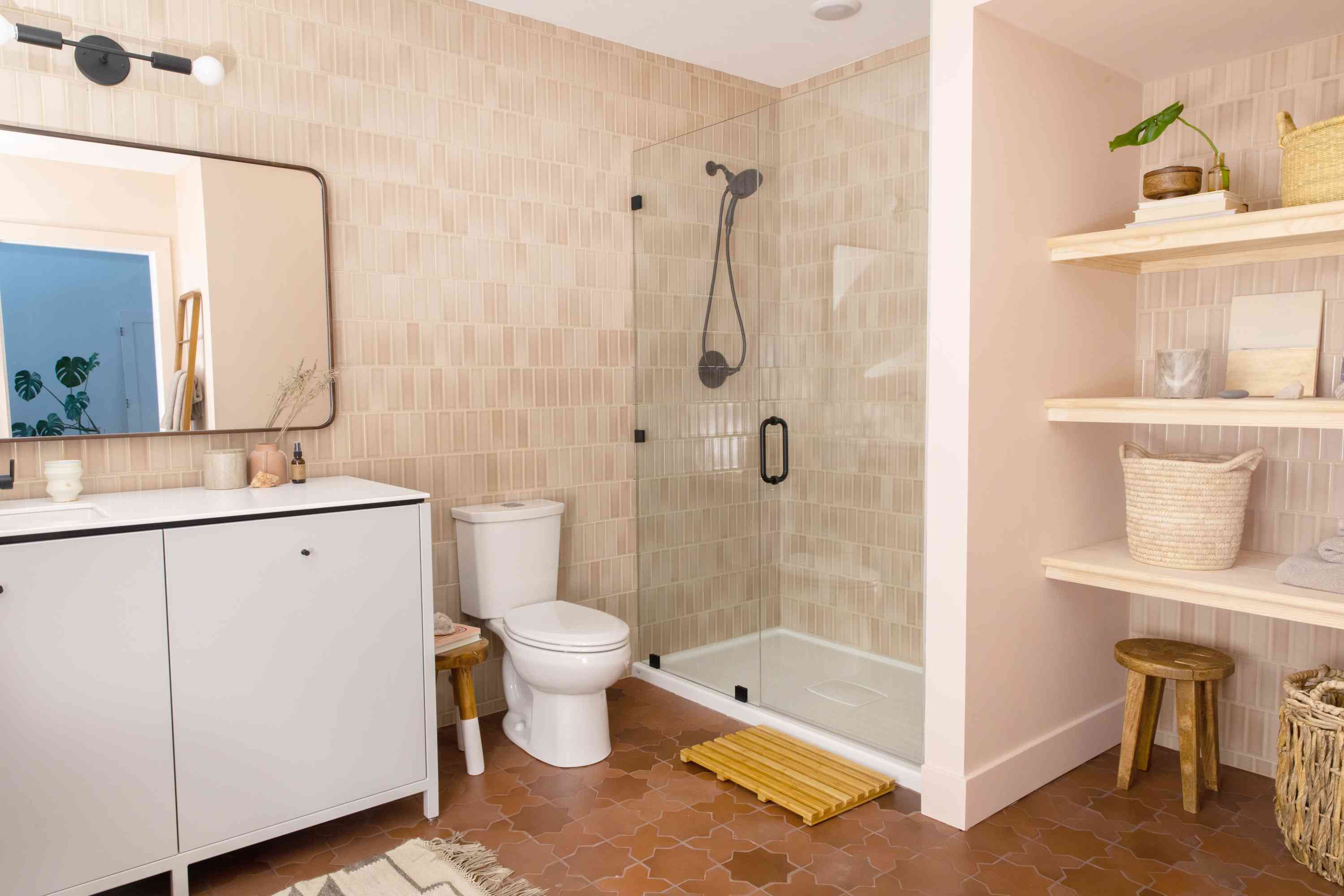
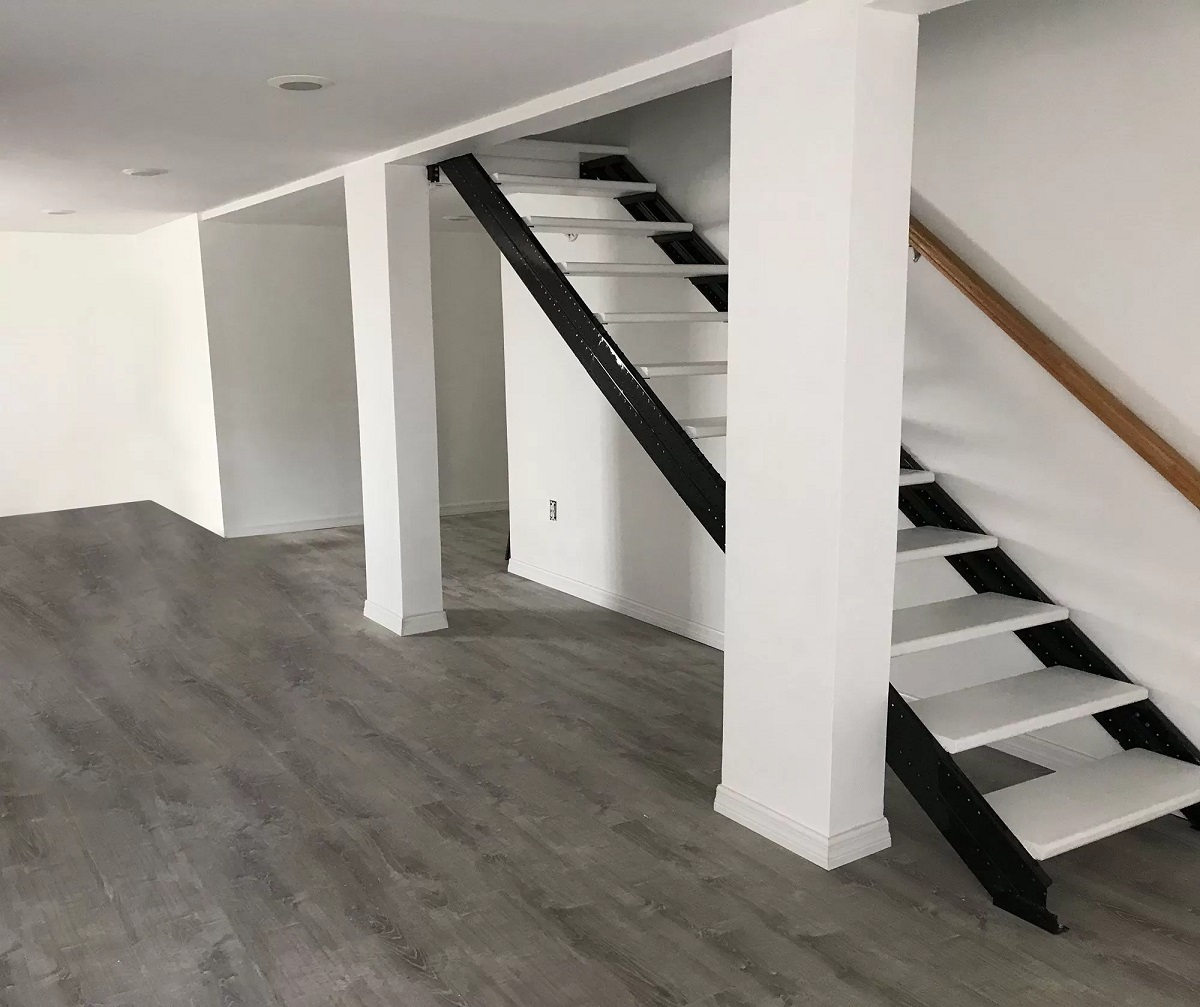
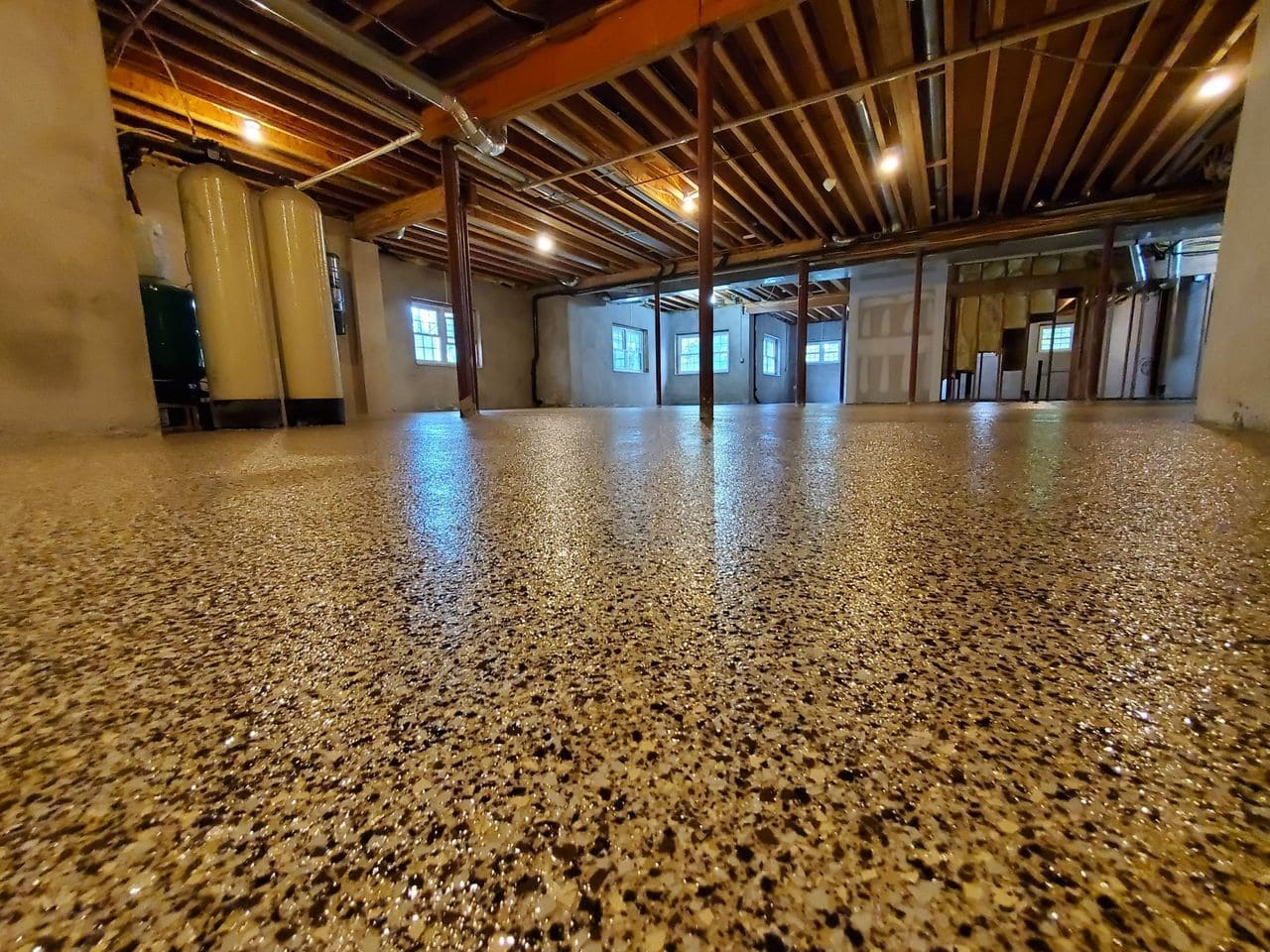
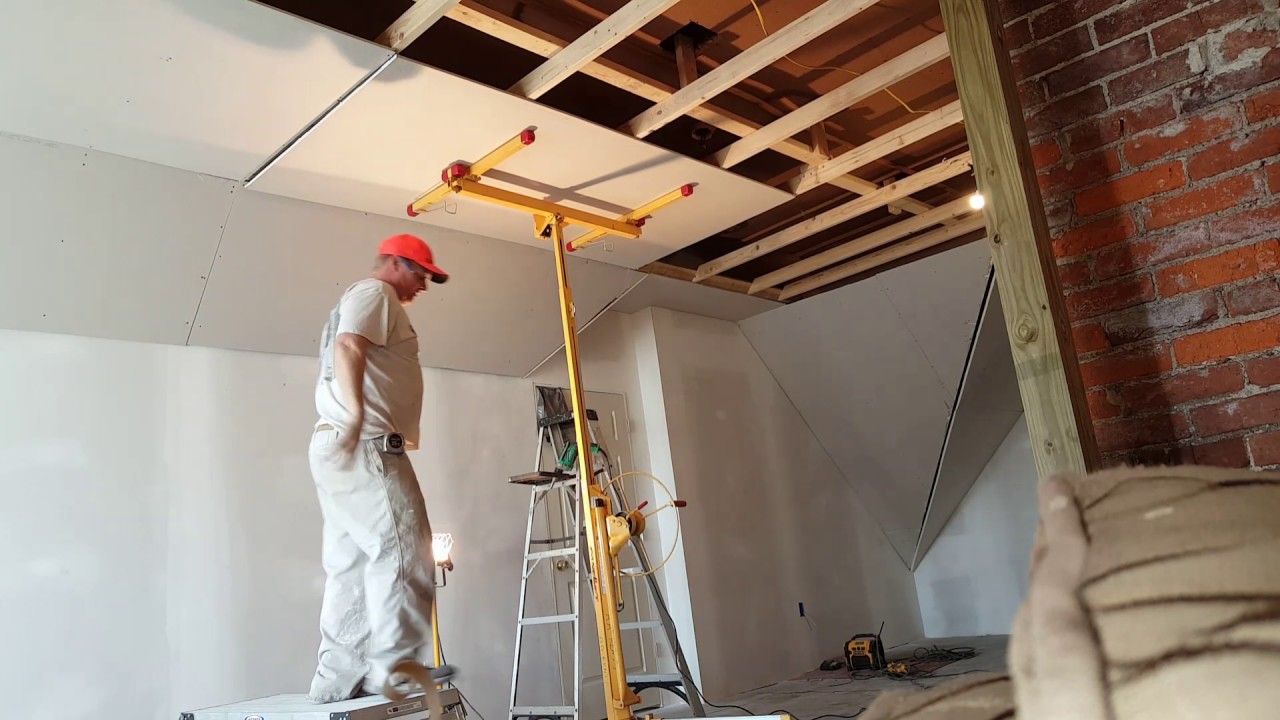
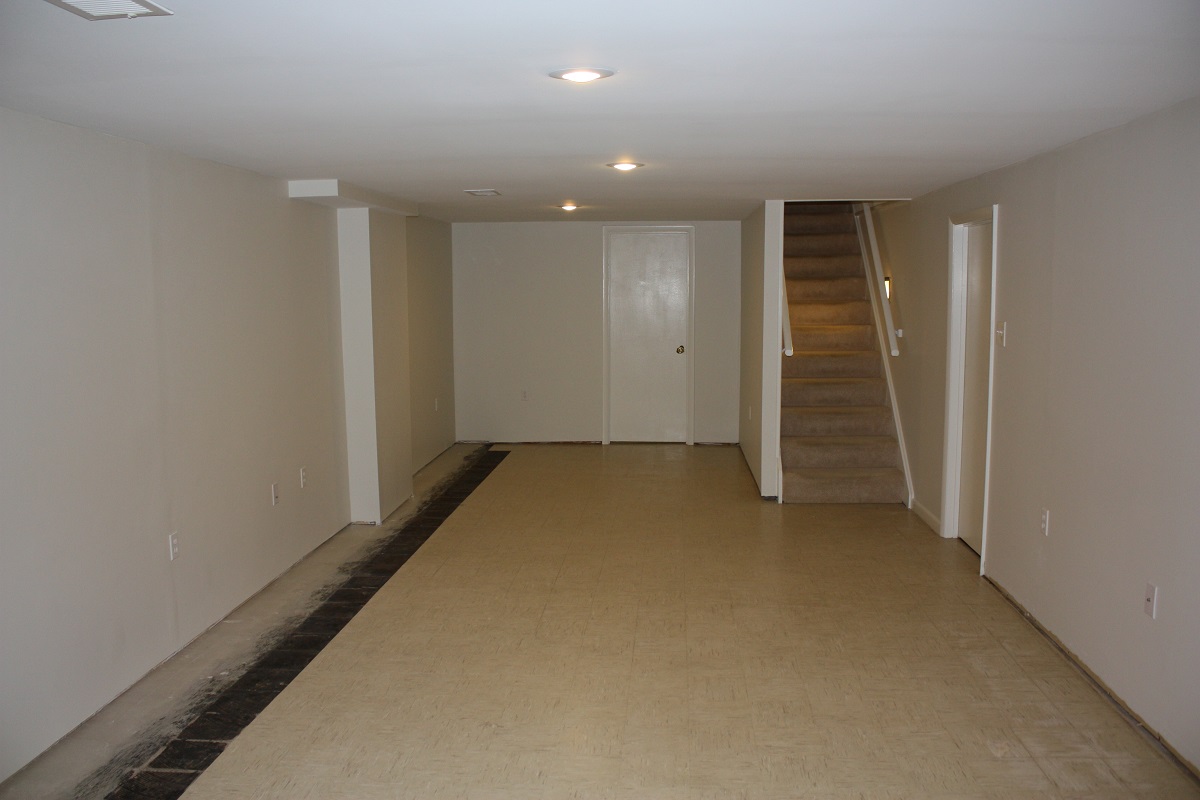

0 thoughts on “How Much Does It Cost To Drywall A Basement”